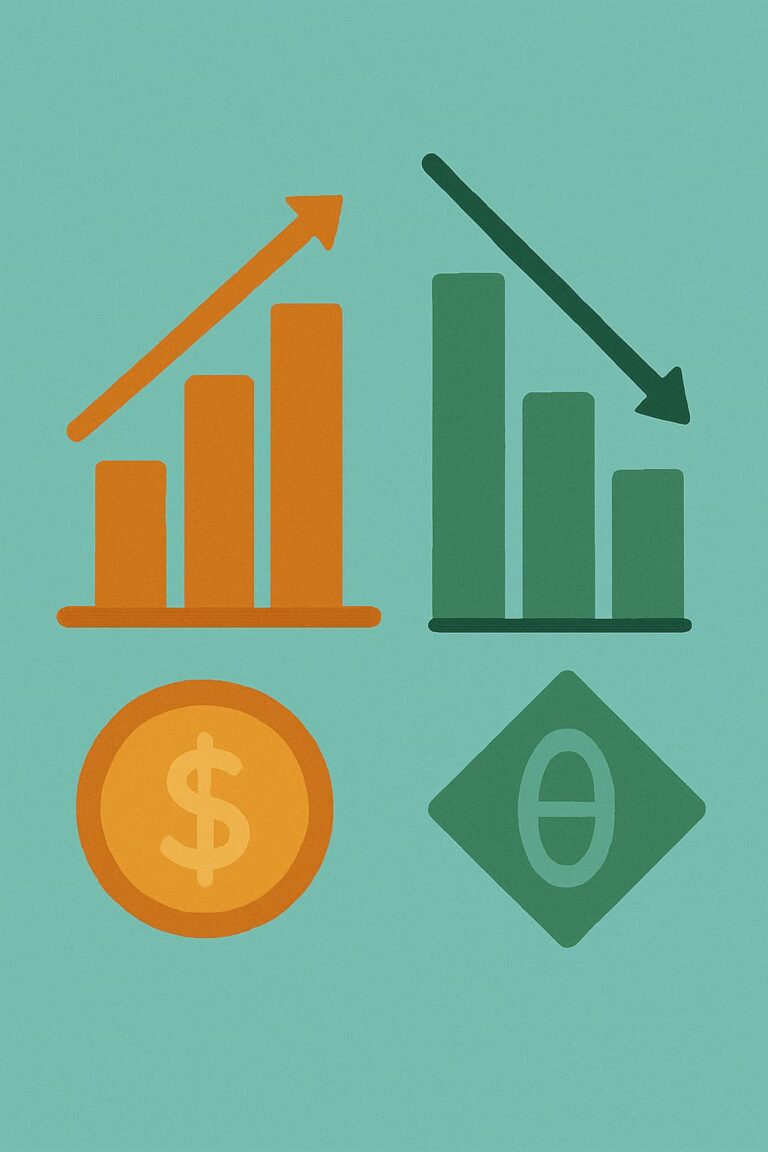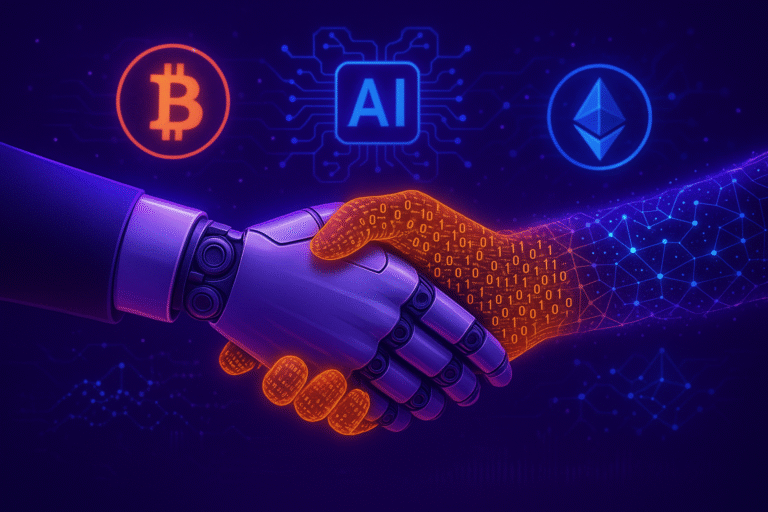Inflation’s not just about central banks. It’s about clogged supply chains.
In 2025, bottlenecks in manufacturing, shipping, and logistics are pushing up prices—and not just for consumers. Raw materials are the first to react, creating ripple effects across markets.
Whether it’s steel for EVs or lithium for batteries, shortages are redefining value.
Ready to understand the opportunity behind the disruption? Let’s dive in.
What Are Industrial Bottlenecks—and Why Do They Matter?
Bottlenecks happen when demand outpaces the capacity to produce or deliver goods. It can be due to limited factory output, labor shortages, or congested ports.
In 2025, these constraints are becoming structural, not just temporary.
Where the Bottlenecks Are Most Severe
- Semiconductor chip packaging delays in Asia
- Freight congestion at U.S. and EU ports
- Labor gaps in mining and construction
- Machinery and component shortages in green tech
Why They Matter for Inflation
- Slower production raises input costs
- Scarce materials drive competitive pricing
- Companies pass costs to consumers
- Central banks may delay rate cuts due to inflation
Industrial slowdowns are now inflation accelerators.
The Ripple Effect on Raw Materials
When factories can’t operate smoothly, raw materials surge in value. Supply thins, but demand keeps climbing—especially for critical resources.
Key Raw Materials Seeing Price Pressure
- Copper: Needed in EVs, grids, and renewable tech
- Lithium: Core battery component, short global supply
- Aluminum: Strong demand from auto and solar sectors
- Steel: Rebar and construction-grade steel see global shortages
Recent Price Moves (2024–2025)
- Copper prices up 22% YoY
- Lithium carbonate up 18%
- Steel futures jump 15% amid China slowdown
- Freight costs rise 30%, adding to total raw input inflation
Material markets are moving faster than the factories themselves.
Real-World Example: Lithium Delays and EV Prices
In Q1 2025, a major lithium supplier in Chile faced flooding. Exports dropped 12%. Tesla and BYD both delayed new model rollouts.
The result?
- Spot lithium jumped to $87,000/ton
- EV battery costs rose 11%
- Investors rushed into lithium ETFs like LIT and BATT
- Junior mining stocks surged 40% in 2 months
One climate event sparked a global price chain reaction.
Inflation and the Central Bank Dilemma
The Fed and ECB are closely watching bottleneck-driven inflation. Rate hikes alone won’t fix port congestion or raw material scarcity.
How Central Banks Are Reacting
- Fed Chair: “Inflation’s stickiest root may now be logistical.”
- ECB signals delay in bond purchase tapering
- Japan’s BoJ boosts commodity monitoring
- India and Brazil cut tariffs to ease material imports
Why This Matters to Investors
- Persistent inflation supports commodity-linked equities
- Bond yields may stay higher for longer
- Input cost stress affects manufacturing and consumer stocks
- Currency volatility rises in resource-exporting nations
Monetary policy can’t unclog a factory—it can only react.
Where Investors Should Look in 2025
Bottlenecks aren’t bad news for every asset. They’re a potential goldmine—if you’re positioned right.
Investment Opportunities
- Commodity ETFs: Like XME (metals), CPER (copper), and LIT (lithium)
- Mining Stocks: Rio Tinto, Albemarle, Vale, Lithium Americas
- Shipping & Logistics: Maersk, ZIM, Flexport-related SPACs
- Industrial REITs: Warehousing and distribution center plays
Watch These Regions
- Latin America for lithium and copper
- Africa for rare earth minerals
- Australia for iron ore and aluminum
- Canada for timber, oil, and potash
Inflation hedging starts where supply ends.





